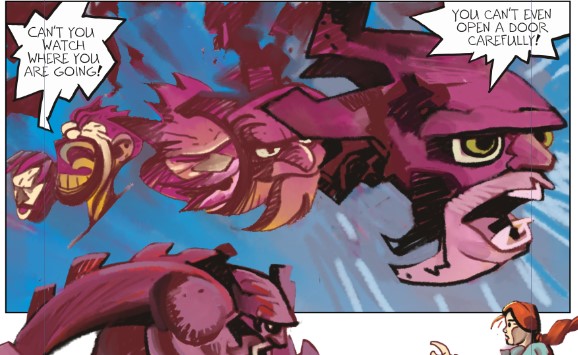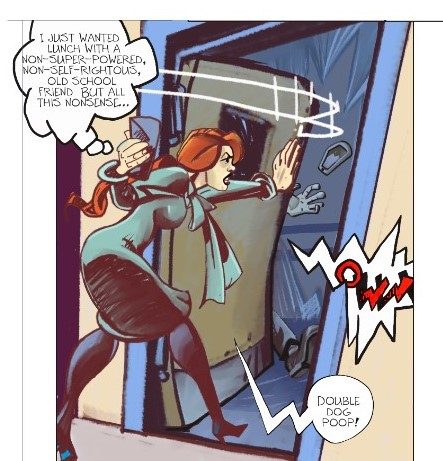10% Happier: How I Tamed the Voice in My Head, Reduced Stress Without Losing My Edge, and Found Self-Help That Actually Works–A True Story
By Dan Harris
When I paused over “10% Happier” on the airport’s bookstore’s stands. It promised a light read requiring 10% mindfulness, on todays hip solution to everything, meditation. With blurbs from George Stephanopoulos and Diane Sawyer, it promised to be just a longer Huffington Post article.
I figured it wasn’t going to be a very deep perspective on Buddhism. My Kindle had books on Liberation Theology, Pattica Sampadda and AngularJS, things that I should be studying. But “10%” was on paper, wasn’t going to make me work harder on meditation, activism, art or my life, a perfect read for a cross country flight.
In an interview, I heard Dan Harris, the author, the basics of his story. A panic attack while reading the newsled him to discover meditation.
Mindfulness had helped him cope with the “problems” of being rich, famous and
a blatherer of the mainstream bs.
Harris moves backwards from his panic attack into his twenties. He learns his calling, handles some success, and finds drugs as the buzz to help him. He carefully plays his self importance and sillyness against the real value of the work he does. Harris doesn’t feel self important, sees the good and sillynes involved with his job.
He interviews, and likes, Ted Haggard, the right wing preacher, and builds a relationship with him as a “source”. In reporting on the Christian right, it’s almost a cynical exercise of showing how obsessed they are. But when Haggard gets caught with a male hooker, the relationship let’s Harris see Haggard as a human being. Harris finds himself envious of Haggard’s faith in God that sustained Haggard through the crisis.
Pursuing something similar for himself, Harris uses his Religion beat job to interview Eckhart Tolle and Deepak Chopra. They offer up a celebrity based “enlightenment” that Harris doesn’t quite buy into. But sees something in Tolle that keeps him looking.
He reads a number of Buddhist books, then finally tries to meditate. He sits down, breathes in, breathes out. Just like I did the first time seven years ago too. With that same basic thought, how hard can it be to just pay attention to your breath? I found the challenge astonishing as the brain does everything but what you tell it to do. Harris tracks the problems of the challenge, and tells of how those five minutes repeated open up a little space in the rest of his day.
Sticking with it, Harris gets some of the “mindfulness magic” we here about so much these days.With the miracle of mindfulness, I thought the book would be over. He would get married, get more rich and famous, and live happily ever after. But I was only halfway through the book.
The second half of the book is Harris’s exploration of Buddhism. His celebrity provides him quick access to the Buddhist 1%, from the Dali Lama to the Buddhist superstars of America. Despite his celebrity, he persistently grapples with the depth of Buddhism.
A “typical New Yorker” he snubs soft and sensitive teachers. But then he writes how her guided meditation on metta left him blubbering on the retreat center floor.
He lays out much of the foundations of Buddhism. I was surprised at the richness and depth of the book’s second half. Harris takes on many of the complex ideas like Papanche and Pattica sampada and breaks them down simply with great clarity. He doesn’t get lost in the vocabulary Buddhist can adopt, but uses his skills as a reporter to clarify ideas.
10% Happier is a sweet book on growth and a great introduction to Buddhism.
He shows that a big shot newscaster problems, are just like yours and mine, and in this digital age a 2000 year old solution can make you 10%, or even more, happier.
Buy it here!

